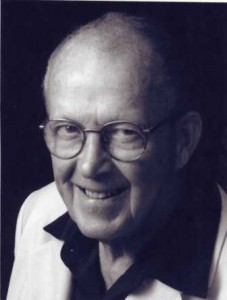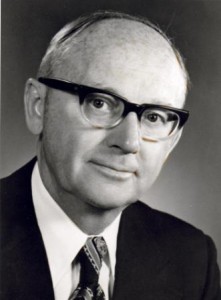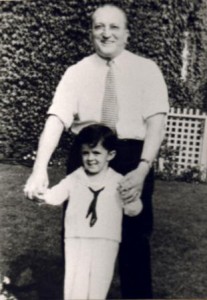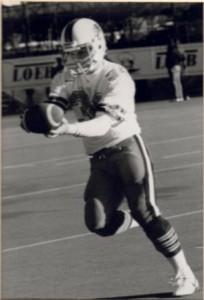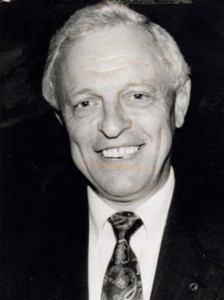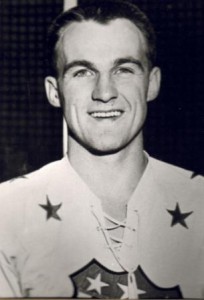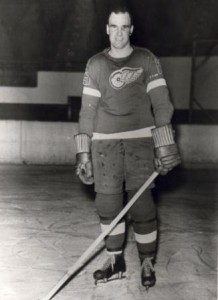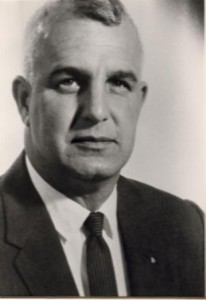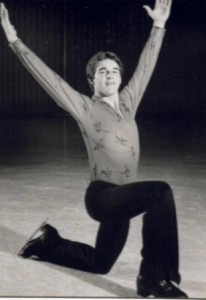 Michael was born in Haileybury, Ontario April 19, 1964, moving to Collingwood in 1970, and at the time of his election to the Hall he was living in Collingwood. Michael’s schooling took place in Collingwood at Connaught Public School followed by Collingwood Collegiate Institute, Oshawa and Preston.
Michael was born in Haileybury, Ontario April 19, 1964, moving to Collingwood in 1970, and at the time of his election to the Hall he was living in Collingwood. Michael’s schooling took place in Collingwood at Connaught Public School followed by Collingwood Collegiate Institute, Oshawa and Preston.
The reasons for naming Michael to the Hall of Fame are many and show strong dedication to his sport of figure skating.
In figure skating, he skated in the free-skate and later as a member of the free skating pairs’ team. From 1975 to 1978, he represented Collingwood within this region, from 1979 to 1982 h e was in competition at the regional, provincial and national level. As well as being an outstanding competitor and an asset to the sports community of Collingwood, he also excelled in the Canadian Figure Skating Association’s test system.
He has obtained his gold medal in free-skate, Canadian and American gold in dance, silver in free dance, novice competition, silver pairs and seventh figure test.
To continue his skating he left Collingwood and became a pairs competitor. He continued to train in both Oshawa and Preston.
– 1980-81 Received a gold medal in the Ontario Sectional event and qualified to go to the Ontario Divisional’s where he and his partner qualified for the Canadian Championships in Halifax. They finish ninth overall.
– 1981-Michael was named to the City of Oshawa’s Outstanding Achievement Award.
– 1982-Michael and partner went to the nationals again and this time finished 7th.
At the time of his induction into the Hall, he was still active in his sport as a professional coach, coaching in and around Collingwood. He also served as the area’s senior dance coach. Because of his dedication to the skaters in this area, they did not have to leave home to train and progress at the senior dance level.
Michael was inducted into the Sports Hall of Fame on June 20, 1992, in the players’ category.


